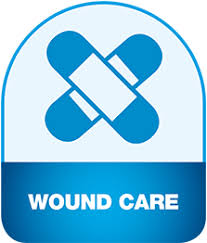
Hanaa Galal Ibrahim El Sherbiny
Cairo University
Title: Challenges and advances in rosacea management
Biography
Biography: Hanaa Galal Ibrahim El Sherbiny
Abstract
Rosacea is a common chronic inflammatory disorder characterized by symptoms of facial flushing and a spectrum of clinical signs, including erythema, dry skin, and an inflammatory papulopustular eruption with periods of exacerbation. The current classification system developed by the National Rosacea Society Expert Committee consists of erythematotelangiectatic, papulopustular, phymatous, and ocular subtypes. Individual subtypes are likely a result of different pathogenic factors and respond best to different therapeutic regimens. Before initiation of therapy, the triggering factors should be identified and avoided. Daily applied sunscreen is a must. The main treatment modalities for rosacea include topical, systemic, laser, and light therapies. Traditional therapies include topical metronidazole or azelaic acid also oral therapy as tetracyclines or isotretinoin. Emerging therapies perhaps are more promising as topical ivermectin 1% cream which is proved to be safe and effective for the treatment of inflammatory lesions from papulopustular rosacea, Brimonidine tartrate and oxymetazoline are novel therapies to treat the erythema associated with rosacea. Other treatments as pimecrolimus 1% cream, clindamycin phosphate 1.2% + tretinoin 0.025% gel, PDL and IPL can also be used. With the advent of novel therapeutic options for the treatment of rosacea such as subantimicrobial anti-inflammatory dose doxycycline, ivermectin and Brimonidine tartrate, there is renewed interest in the study of this disease which was once regarded as a debilitating disorder and now has become a well-known and manageable entity in the setting of these emerging therapeutic options. Herein, we describe the treatments currently available as well as the emerging and combination therapies

